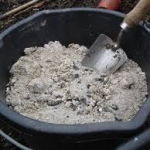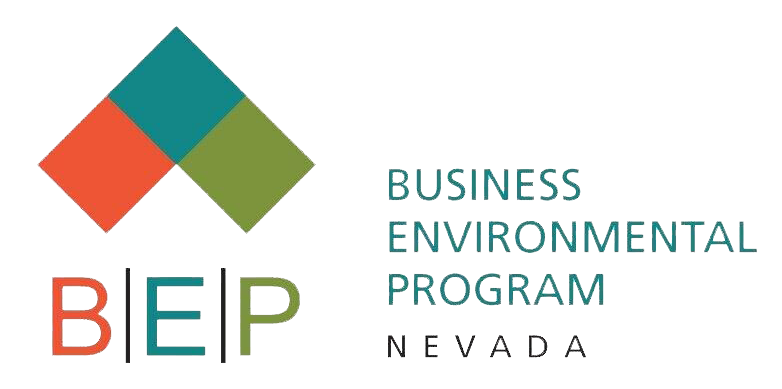 Biochar—Black is the new Green
Biochar—Black is the new Green
“Carbon farming”—adding a form of charcoal to the mix of soil amendments is currently being tested in laboratories, test plots and field demonstrations across the nation. The carbon is called “biochar”. Biochar registers in the 80 percent organic carbon range and can be produced from a wide range of forest and agriculture wastes. Why biochar? There are a wide stream of environmental and economic benefits but, most significantly, biochar increases water and fertilizer use efficiency for improved plant growth and greater yields.
There is a unique, symbiotic relationship between the potential markets for biochar and the raw material sources (known as biomass). In Nevada, there are millions of tons of Pinyon/Juniper, a non-timber forest type. This material is frequently located adjacent to farming regions and, in some areas, is encroaching on those lands. The very presence of Pinyon/Juniper threatens the ground water sources for the forage crops grown thereon. Removing those trees frequently results in springs and other water resources to begin flowing again. Converting the removed biomass to biochar and using that biochar on the fields as a soil amendment completes the cycle. Plant quality and yield improves, water resources are used more efficiently, and carbon is sequestered—all great outcomes for Nevada.
For an in-depth look at biochar–what it is, how it is made, how to use it—and, the who—the potential markets for biochar, see the Business Environmental Program’s Biochar Technical paper at: https://unrbep.org/resource-conservation/woody-biomass-utilization/biochar-technical-paper/ (additional information is also available on the International Biochar Initiative website, http://www.biochar-international.org/biochar
